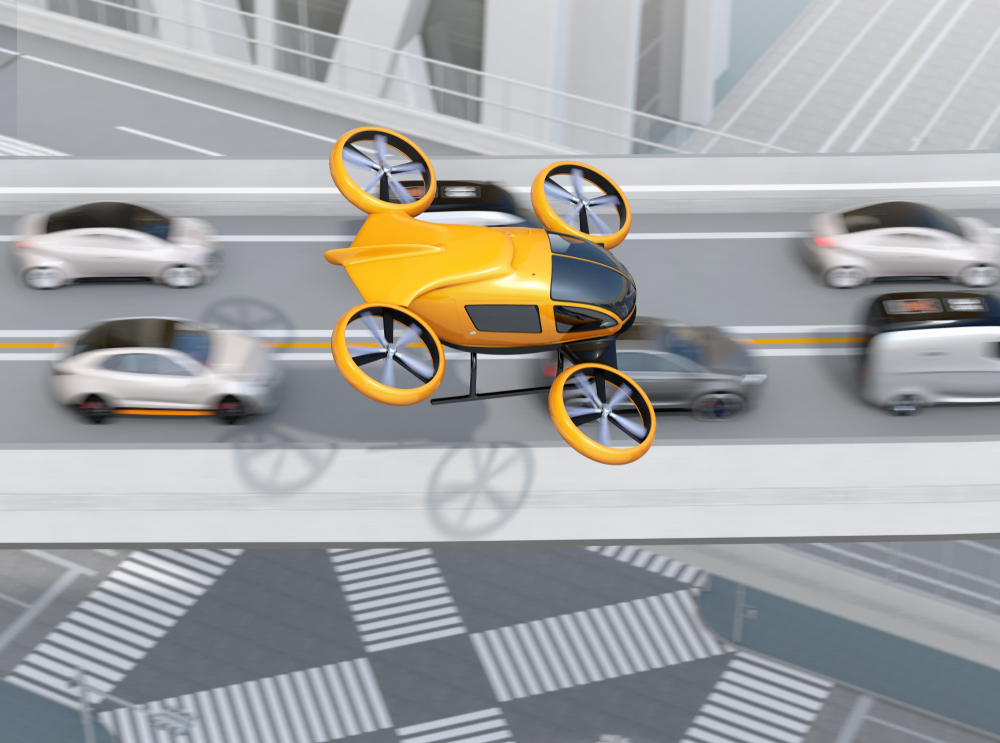
The “Aircraft Electrification Market by Technology (More Electric, Hybrid Electric, Fully Electric), Component, Application, System, Platform (Commercial, Military, Business & General Aviation, UAV, AAM) and Region – Forecast to 2030“, is estimated to be USD 6.0 billion in 2021 and is projected to reach USD 20.0 billion by 2030, at a CAGR of 14.3% during the forecast period, according to a new Market and Markets report.
According to the researchers, some of the prominent key players are: Honeywell International Inc. (US), Safran (France), Thales Group (France), Raytheon Technologies (US) and GE Aviation (US).
“These players have spread their business across various countries including North America, Europe, Asia Pacific, Middle East, Africa, and Latin America. COVID-19 has impacted their businesses as well. Industry experts believe that COVID-19 could affect aircraft electrification production and services by 7–10% globally in 2020. The COVID-19 pandemic has impacted the end-use industries adversely, resulting in a sudden dip in 2020 aircraft orders and deliveries. This is expected to negatively impact the aircraft market in the short term, with slow recovery expected in Q1 of 2021.
“Lithium-sulfur and lithium titanate batteries are fueling the battery segment which is projected to be the largest in the aircraft electrification market during the forecast period. Based on component, the battery segment is estimated to lead the market during the forecast period, with a share of 24.3% in 2021. Lithium-sulfur is one of the battery technologies competing to supersede lithium-ion as the major battery technology of the next generation. The ability of Li-S batteries to store and release energy offers an opportunity to create batteries that hold as much as five times more charge than lithium for a given size and weight of the cell. Lithium titanate or lithium titanium oxide is a type of rechargeable battery, it can charge faster than other lithium-ion batteries but has a lower energy density.
“Based on technology, the hybrid electric segment is projected to be the highest CAGR rate for the aircraft electrification market during the forecast period. Hybrid electric technology uses both airplane fuel as well as electricity to drive the propulsion system. This technology helps reduce fuel burn, energy consumption, emissions, and noise for single-aisle passenger aircraft. Solar-powered and fuel-powered are two types of power sources available in hybrid propulsion.
“Based on application, the power generation segment is projected to grow at the highest CAGR rate for the aircraft electrification market during the forecast period. In an aircraft, power is generated with the support of an integrated drive generator, a variable frequency generator, an auxiliary power unit, and an external ground power unit. In conventional aircraft, power is generated using mechanical hydraulic and pneumatic systems, while in advanced aircraft, power is generated by an electric generator. Key aircraft manufacturers prefer integrated drive generators over variable frequency generators in wide-body aircraft and very large aircraft, as these generators are more reliable and efficient.
“Based on platform, the business and general aviation segment is projected to grow at the highest CAGR rate for the aircraft electrification market during the forecast period. The growth of the business & general aviation segment of the market can be attributed to the increase in corporate profits, rise in the number of high-net-worth individuals, and an increase in the replacement demand for existing business jets with new ones.
“Based on system, the propulsion system segment is projected to grow at the highest CAGR rate for the aircraft electrification market during the forecast period. Electrification of propulsion systems is expected to boost the power for take-off, thereby creating an efficient electrical replacement for a regular turbofan with a 2-megawatt liquid-cooled electric motor. Electrical propulsion systems are expected to reduce fuel burn substantially, leading to a decrease in atmospheric emissions.
“The North American market is projected to contribute the largest share from 2021 to 2030. The key factor responsible for North America leading the aircraft electrification market is the high demand for new aircraft in the region. The growing upcoming projects, and the emergence of several startups supporting the electrification in the aviation industry are additional factors influencing the growth of the North American aircraft electrification market”.
For more information
https://www.marketsandmarkets.com/pdfdownloadNew.asp?id=31650461
(Image:Shutterstock)

